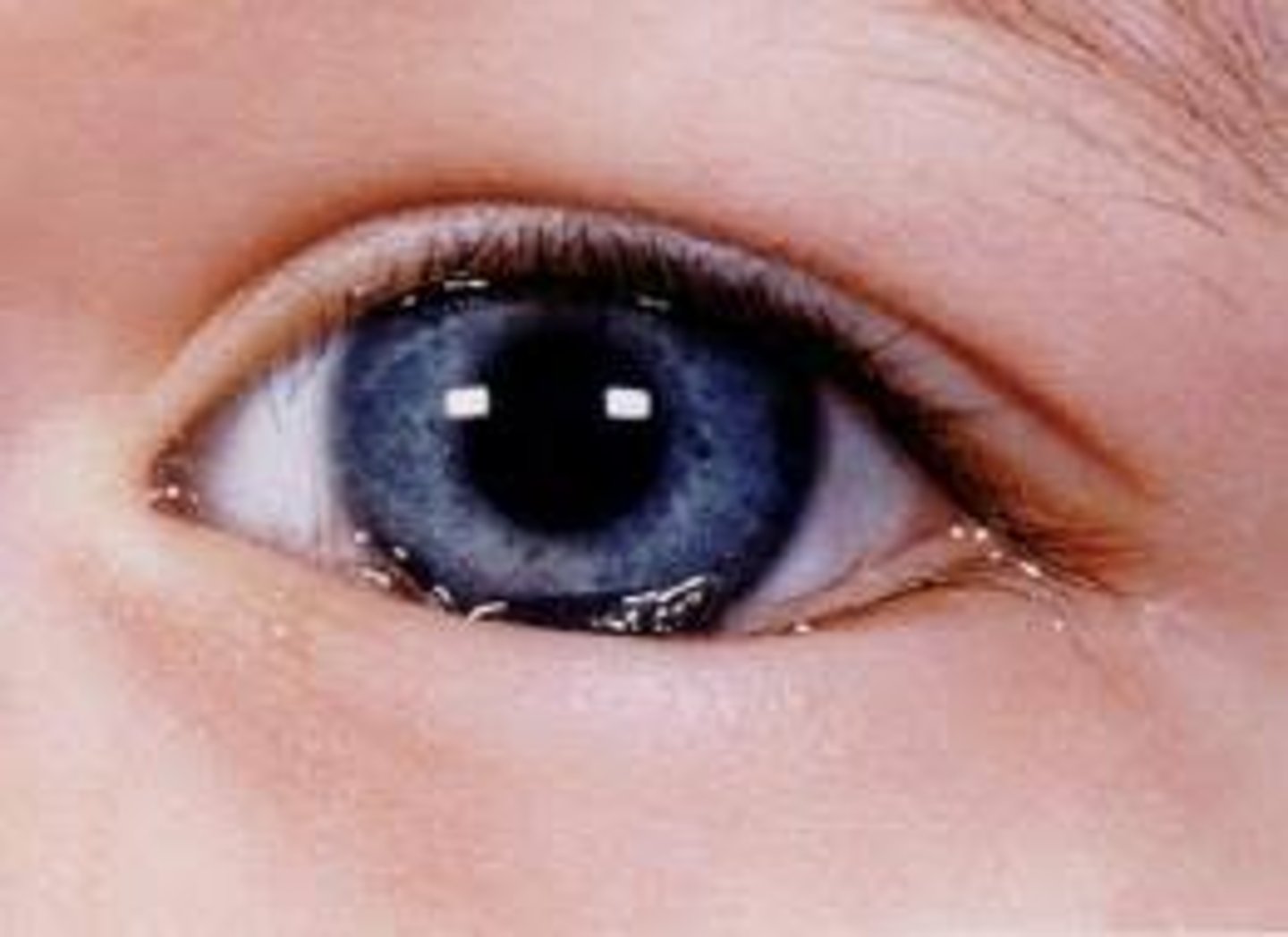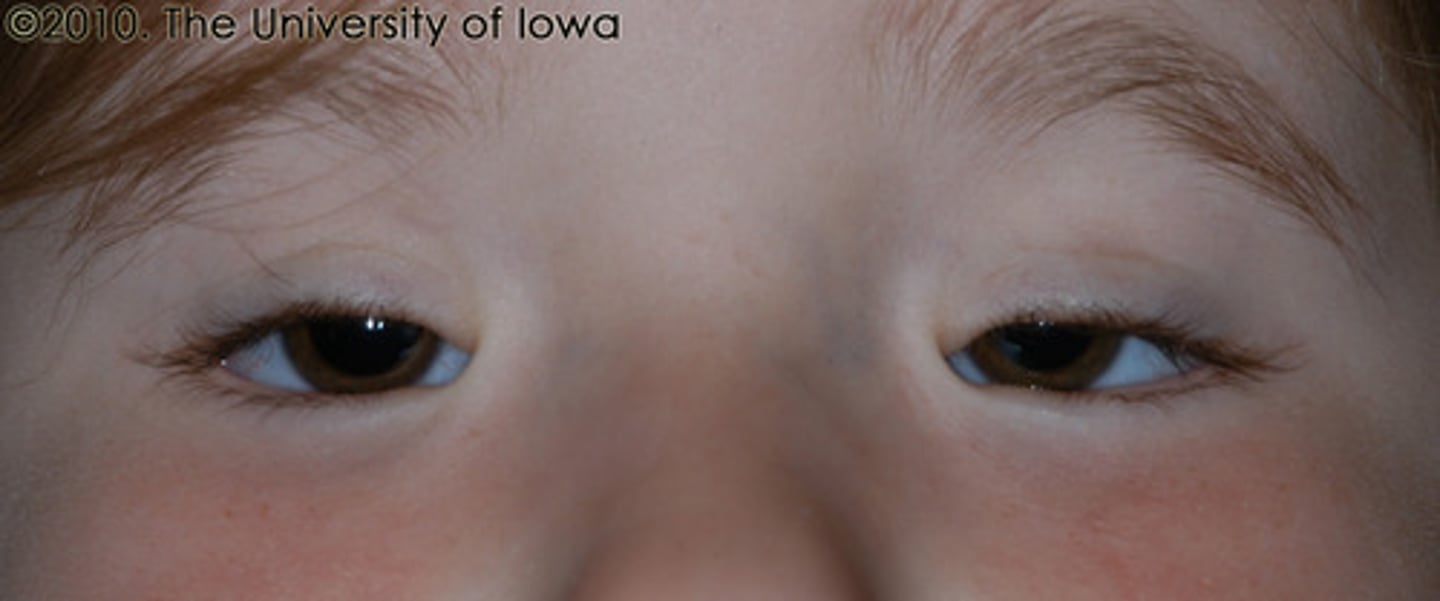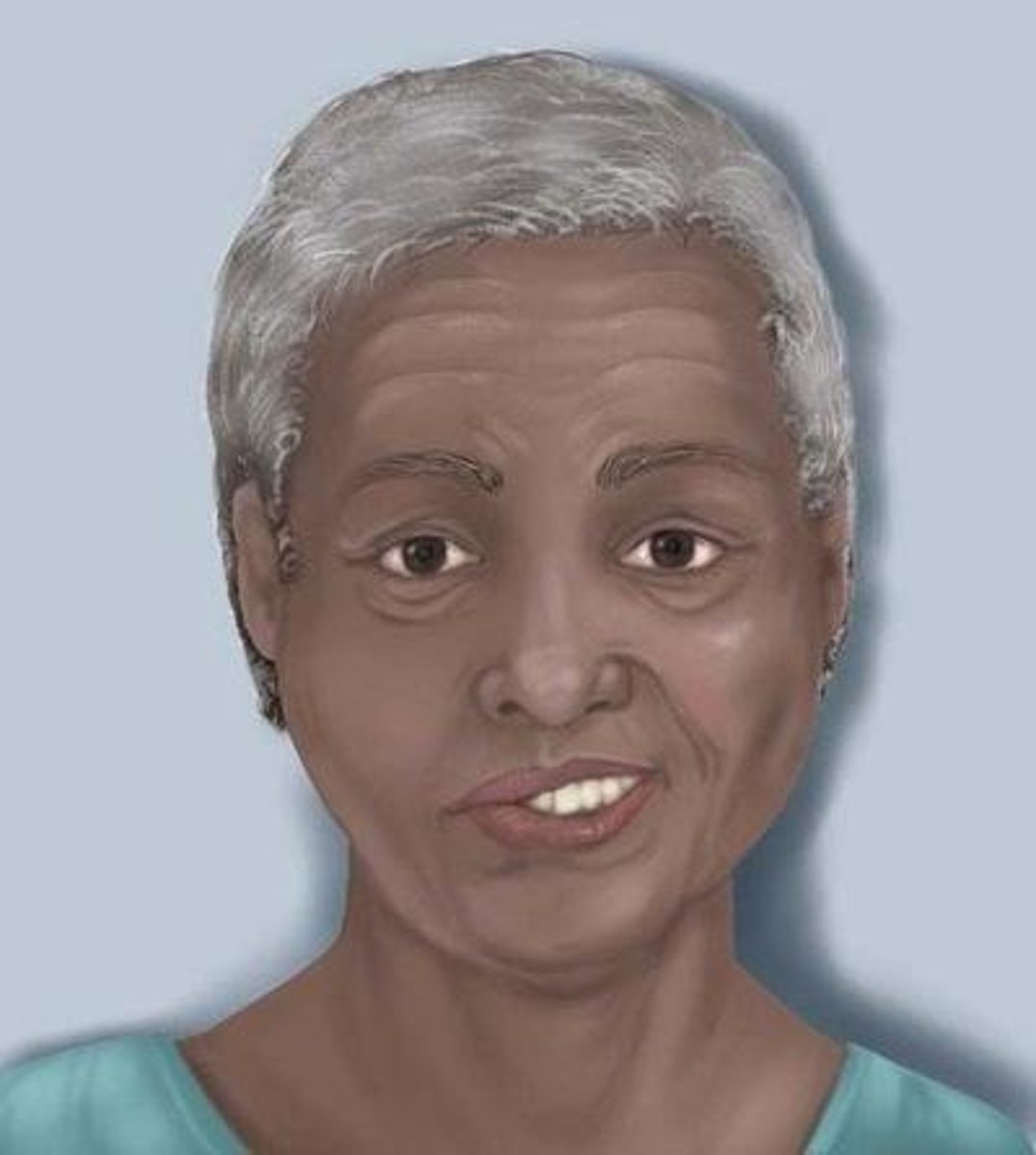Lids
1/31
There's no tags or description
Looks like no tags are added yet.
Name | Mastery | Learn | Test | Matching | Spaced |
|---|
No study sessions yet.
32 Terms
epicanthus
fold of skin found on medial portion of the eye
epiblepharon
extra horizontal row of skin across lid margin + lashes point vertically
congenital entropian
skill pulls down and lid pulls away from the globe

entropian
involution (age-related)
extropian
involution, can be 7th CNP, congenital, mechanical
Blepharophimosis
epicanthus inversus - lower lid folds larger than upper
telecanthus - inc distance to medialcanthi
poorly developed nasal bridge
rare and congenital

blepharospasm
involuntary excessive twitching
aetiology blepharospasm
post stroke, drug induced, ocular irritation, post encephalitis, hysterical
lagophathalmos
inability to close eye
enopthalmos
sunken eye
simple congenital ptosis
absence of upper lid crease + poor levator function when assessing the macula
double elevator paly/monocular elevation deficiency
1 eye can't elevate, giving a true or pseudoptosis due to hypertropia
symptoms of a congenital horner's
slight ptosis
u/a of muller's muscle
heterochromia
constricted puple
symptoms of an acquired horner's
ptosis
anhydrosis
constricted pupil
enophthalmos
defective accommodation
pupil re-dilation slow
what lesion damaged in an acquired horner's
sympathetic nerve supply at any point in pathway, 1st, 2nd, 3rd order neurons
what can cause a 1st order lesion?
brain stem disease - demyelination
spinal cord disease - tumours, syringomyelia
what can cause a 2nd order neuron
intaorthic lesions - aneurysm, tumour
neck lesion - gland, trauma
what can cause a 3rd order lesion
ICA disease, cavernous sinus mass
list acquired myogenic cause of ptosis?
MG
CPEO
common look in MG
asymmetric bilateral ptosis
MG signs and symptoms
limitaiton of OM and diplopia
variability + fatigue
CPEO (chronic progressive external ophthalmoplegia)
mitochondria disease, causing progressive, symmetrical, ophthalmoplegia - paralysis of muscles and bilateral ptosis and obicularis weakness
marcus gunn
congenital misdirection of nerve supply to LPS and pterygoid muscles (mastication)
with a partial ptosis which inc on opening jaw + movement to affected side
list neurogenic ptosis
3rd CNP
horner's
cyclic oculomotor palsy
cyclic oculomotor palsy
complete or partial 3rd NP alternates with spasm of the 3rd nerve function
aberrant regeneration/misdirection syndrome
regrowth of fibres following 3rd NP, but fibres misdirected causing weird clincial features
clincial features of aberrant regeneration
elevation/adduction of upper lid on downgaze
adduction of eye on upgaze
constriction on adduction
globe retraction on up/down gaze
7th NP
bell's - cant close eye + obicularis weakness causing ectropian

TED
o/a of muller's muscle
lid retraction
lagophthalmos
collier's sign
lid retraction
secondary to BT
post BT leakage
secondary to over liberal ptosis surgery
lid retraction